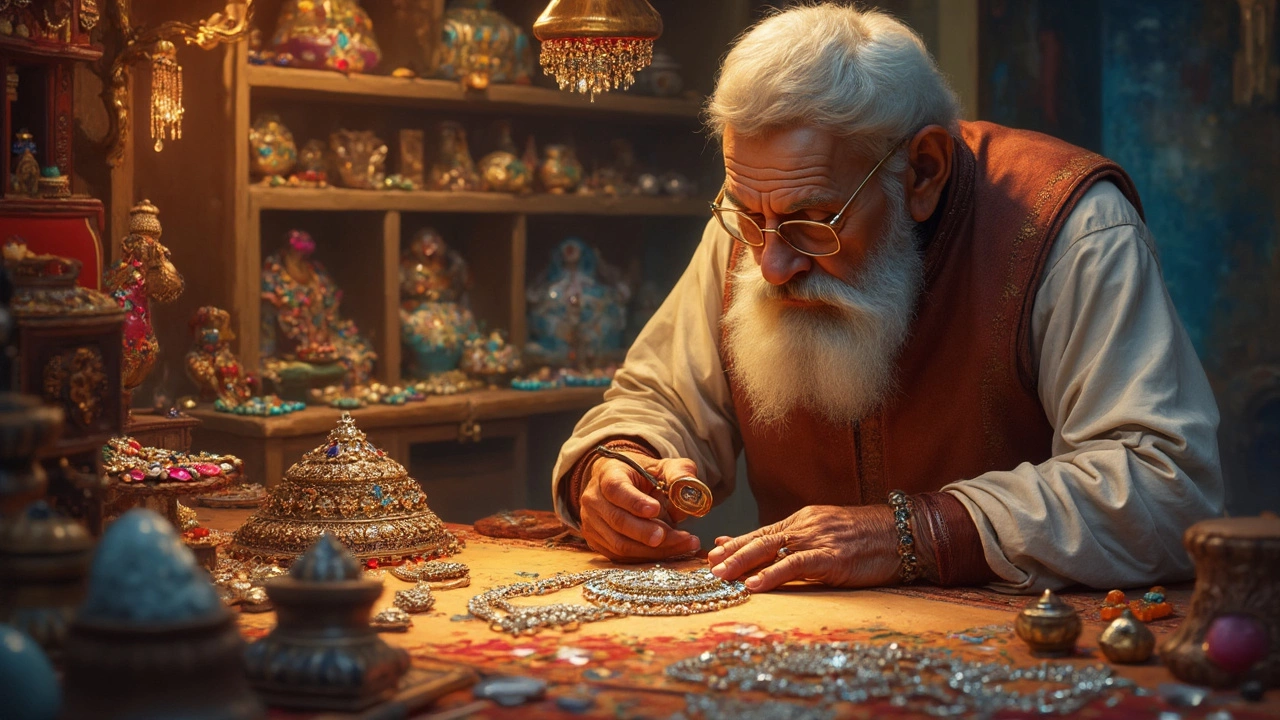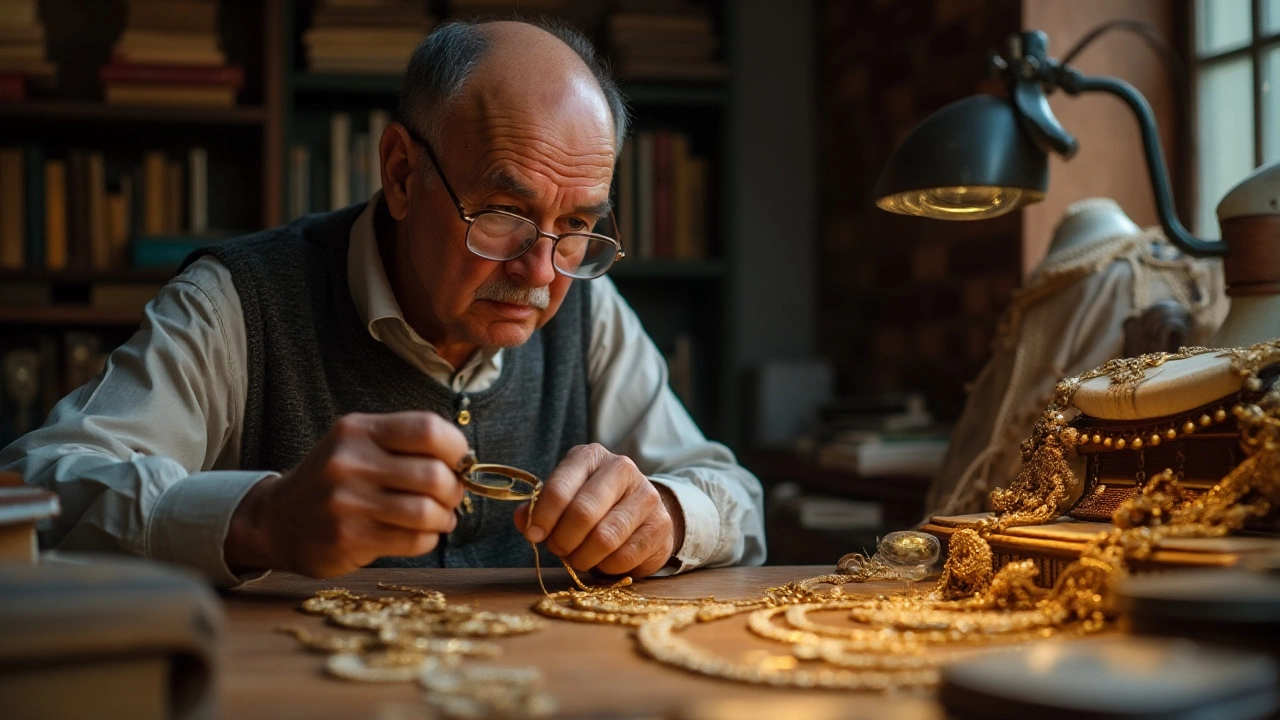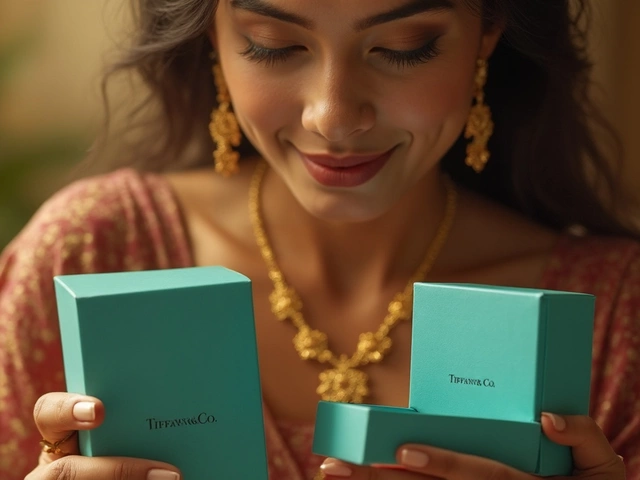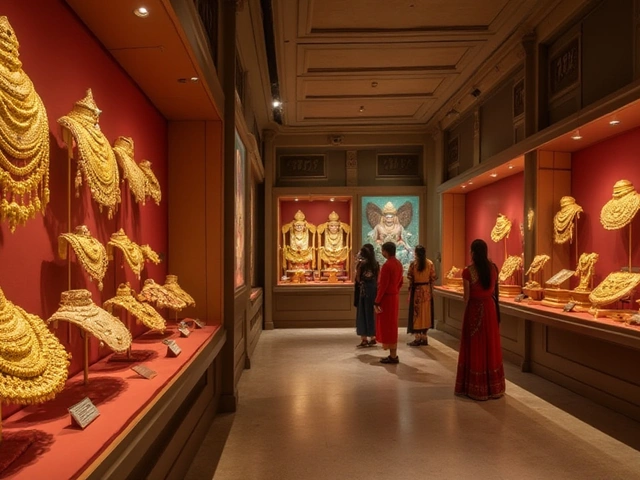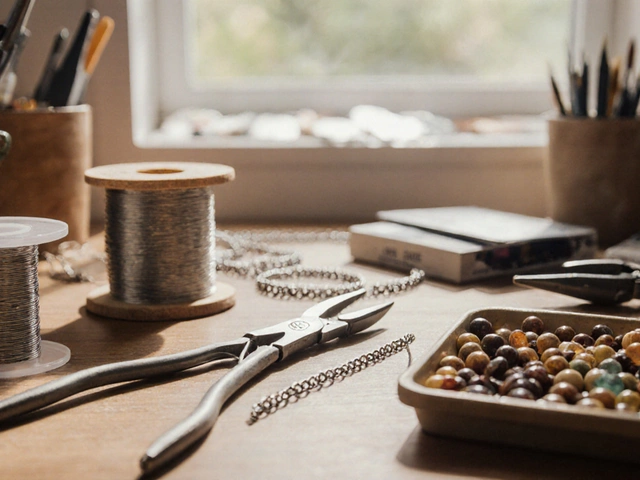Jewelry Identification: Simple Ways to Spot Real Gold, Silver & Gems
If you’ve ever wondered whether that shiny ring is genuine or just plated, you’re not alone. A lot of us buy jewelry online or from street stalls without a clue about hallmarks, weight or magnet tests. The good news? You don’t need a lab to tell if a piece is real. A few quick checks can save you from wasting money on fakes.
Read the Stamps – Your First Clue
The easiest thing to do is look for marks on the metal. In India, the Bureau of Indian Standards (BIS) requires a 4‑digit hallmark on gold: the first two digits are the purity (like 21 for 21K) and the last two are the year of certification. For example, “21 75” means 21K gold marked in 2015. Silver usually carries a “925” stamp, indicating 92.5% purity. If you see “833,” that’s a 83.3% silver piece, common in older Indian jewelry.
Don’t panic if a piece has no stamp – many older items were never hallmarked. In that case, move to the next tests.
Magnet, Weight and Acid Tests – Quick Home Checks
Magnet test: Gold and pure silver aren’t magnetic. Grab a small magnet and hold it near the piece. If it sticks, the item likely contains iron or is heavily plated. This test won’t catch gold‑filled pieces, but it weeds out obvious fakes.
Weight test: Real gold feels heavier than a similarly sized fake. If you have a reference piece of known purity, compare the two. A 10‑gram gold banglet should feel solid, not flimsy.
Acid test: A drop of nitric acid on a small scratch mark (make the mark on the back where it’s hidden) will change color based on metal content. Gold turns green, while silver stays unchanged. If you’re not comfortable using acid, skip this step – the magnet and weight checks are usually enough for casual buyers.
Beyond metal, gemstones need their own attention. Real diamonds sparkle with sharp, white flashes and don’t show rainbow colors when you tilt them. Look at the cut – a genuine stone has clean edges and a clear “window” when you look through the top facet. For colored stones like rubies or emeralds, check for inclusions; flawless stones are rare and usually expensive.
Ask the Right Questions
When buying from a shop, ask for a certificate or a detailed invoice that lists hallmarks, purity and weight. Reputable sellers will willingly share this info. If they hesitate, it’s a red flag.
Online shoppers should read product descriptions carefully. Look for keywords like “BIS hallmark,” “pure 21K,” or “certified 925 silver.” If the listing only mentions “gold plated” or “silver‑filled,” treat it as a decorative piece, not an investment.
Finally, trust your gut. If a deal sounds too good to be true, it probably is. Stick to trusted outlets, verify hallmarks, run the magnet and weight tests, and you’ll walk away with jewelry that’s truly yours.
How to Tell If a Diamond Is Real: Essential Tips for Antique Jewelry Lovers
Uncovering the truth about whether a diamond is real can be quite the conundrum, especially when it comes to antique jewelry. From simple at-home tests to expert advice, this guide walks you through the practical steps to identify authentic diamonds. Learn about the ice test, reading inscriptions, and the importance of certifications. Find out how these tips can make a difference in your jewelry hunting experience.
Authenticating Antique Jewelry: Tips and Insights
Determining the authenticity of antique jewelry can be a daunting task for many enthusiasts and collectors. The hallmarks, craftsmanship, and materials used can offer significant hints about the age and authenticity of a piece. Understanding the styles and markings of different eras is key to distinguishing authentic pieces from reproductions or fakes. This article delves into the techniques and tips for identifying genuine antique jewelry, including expert insights and common signs of imitation.
